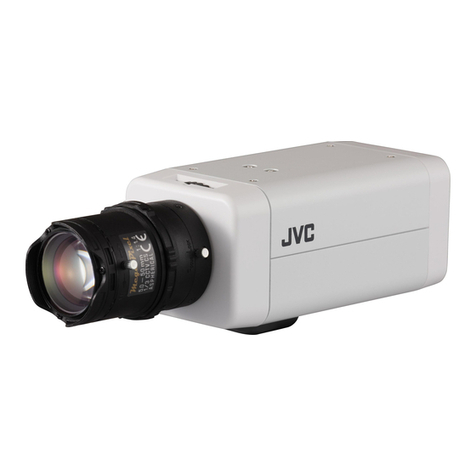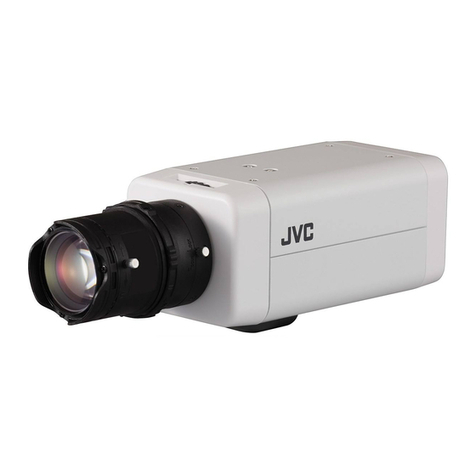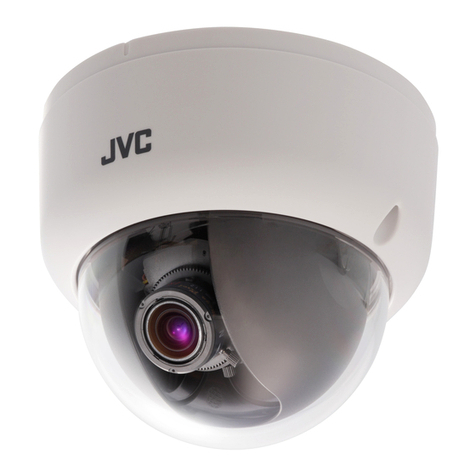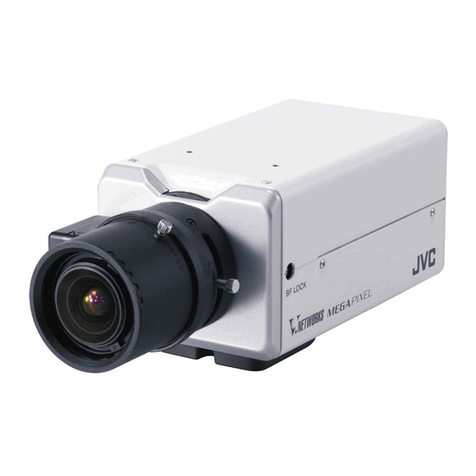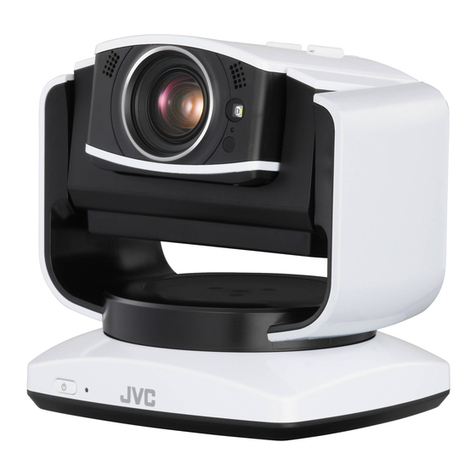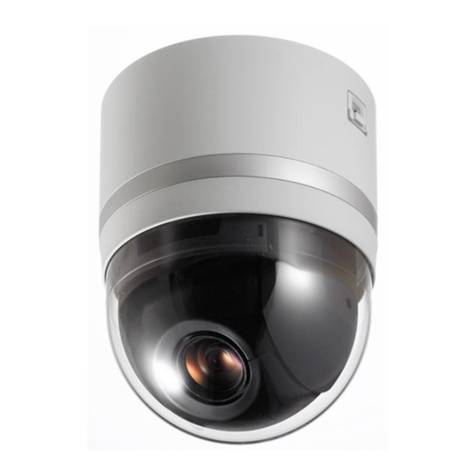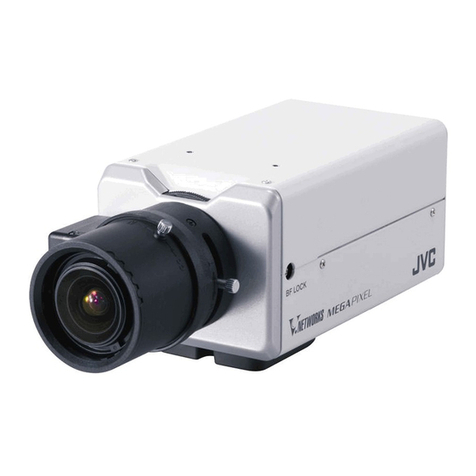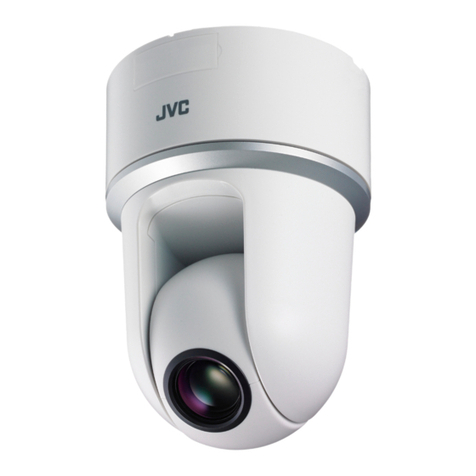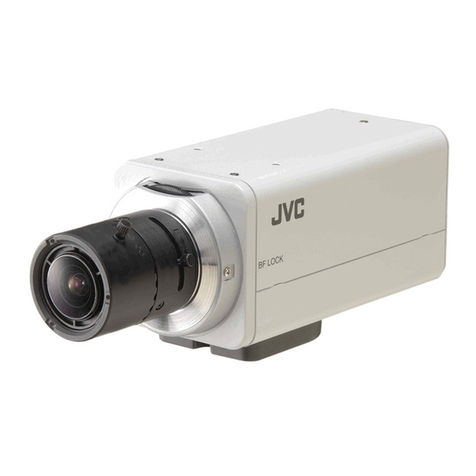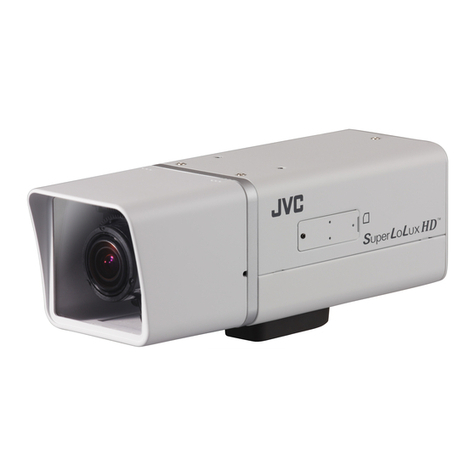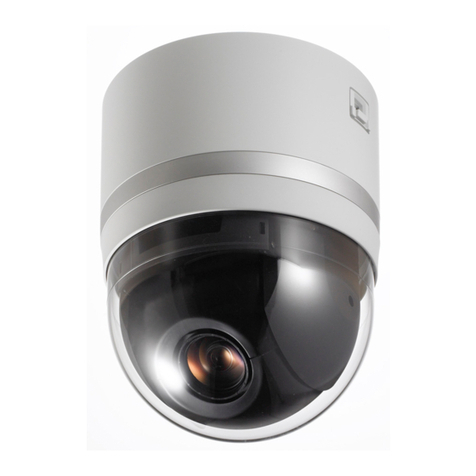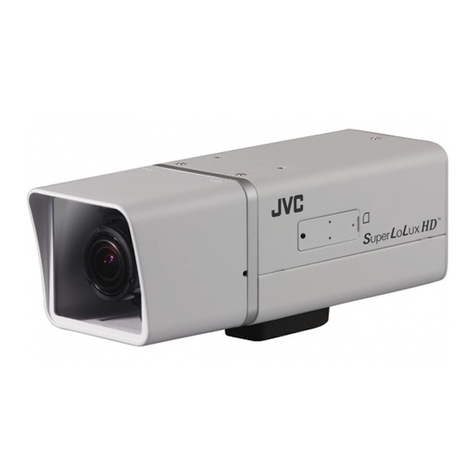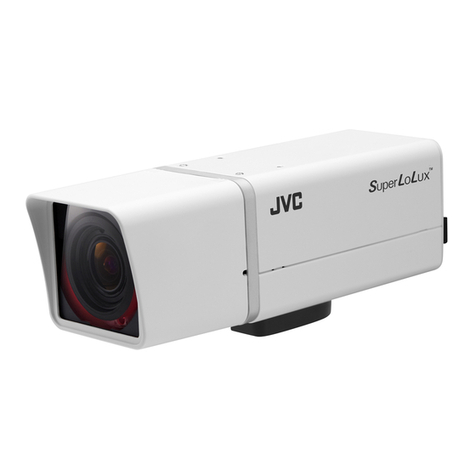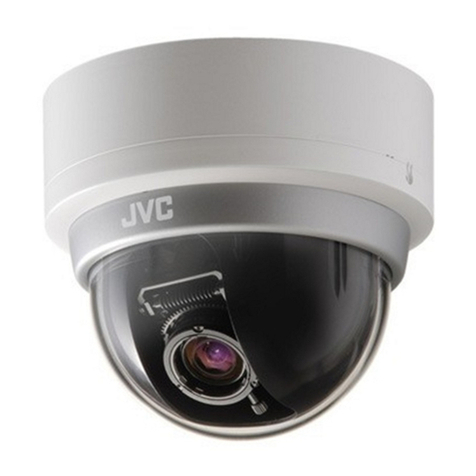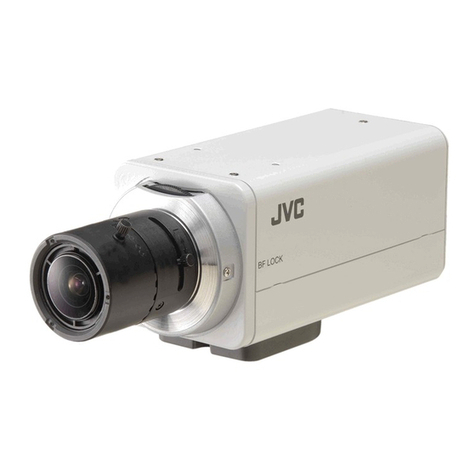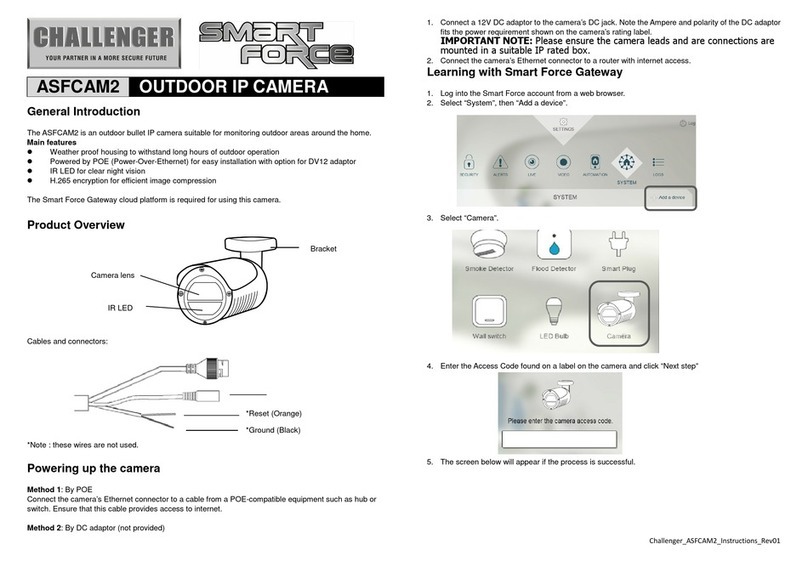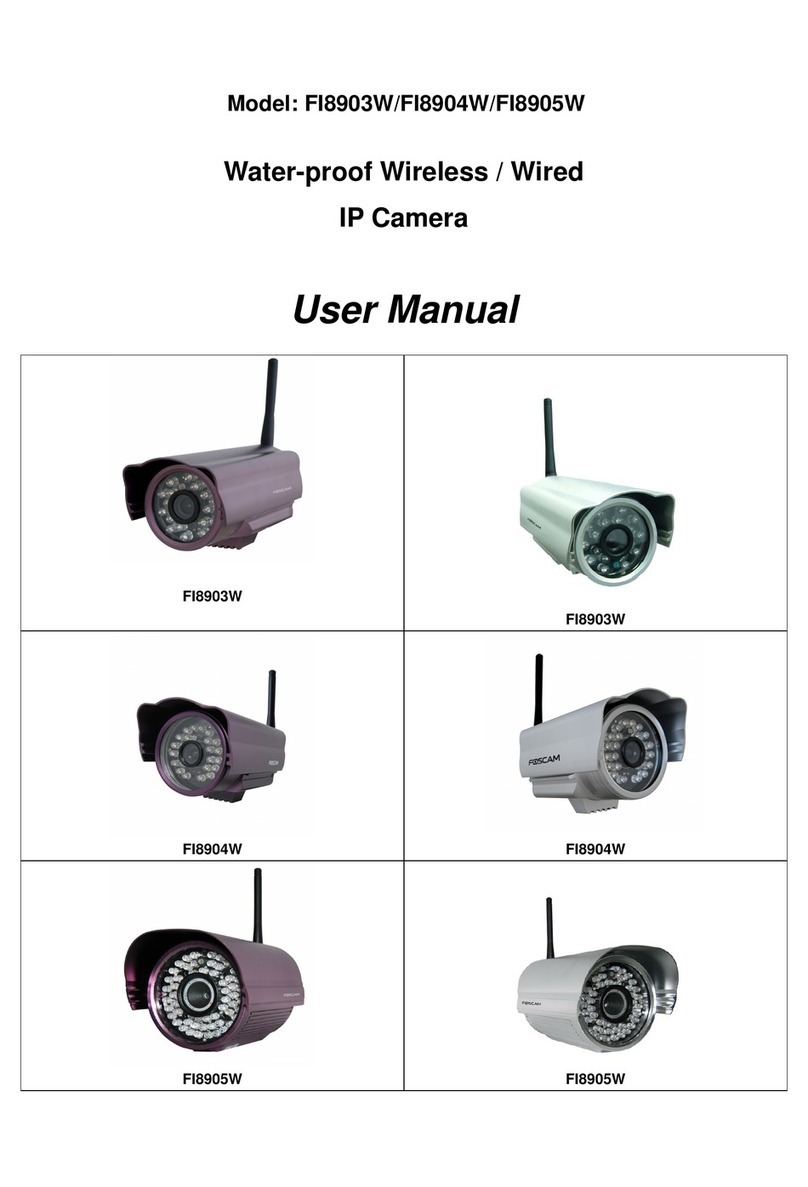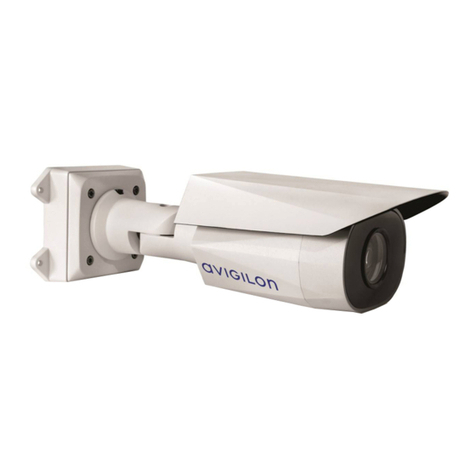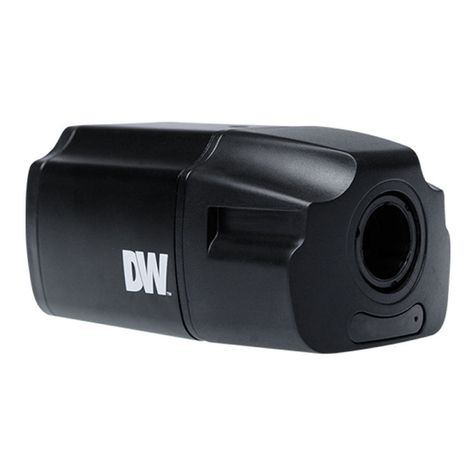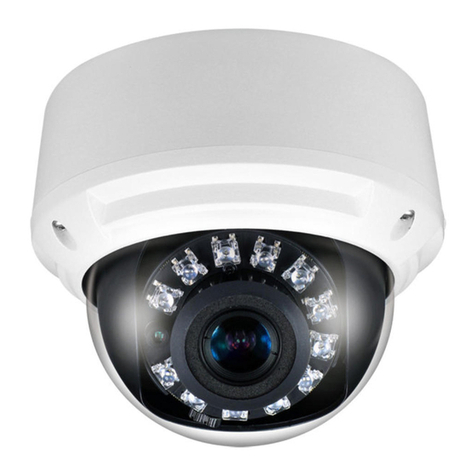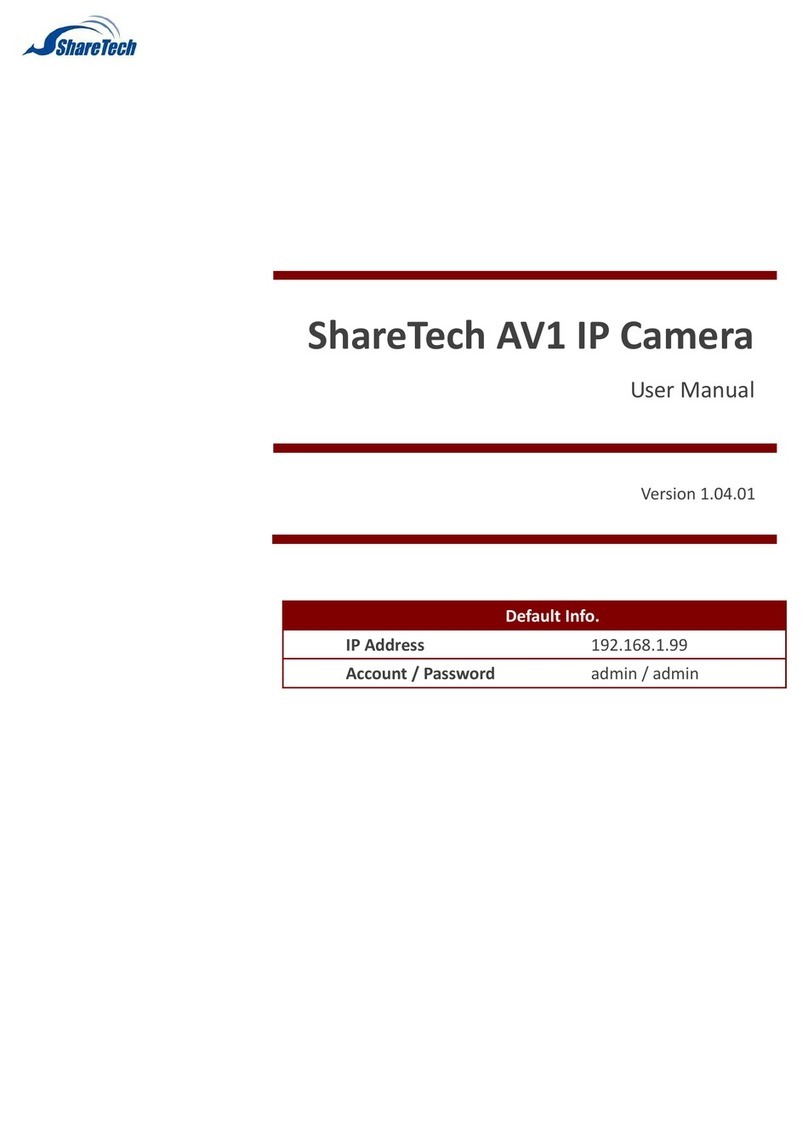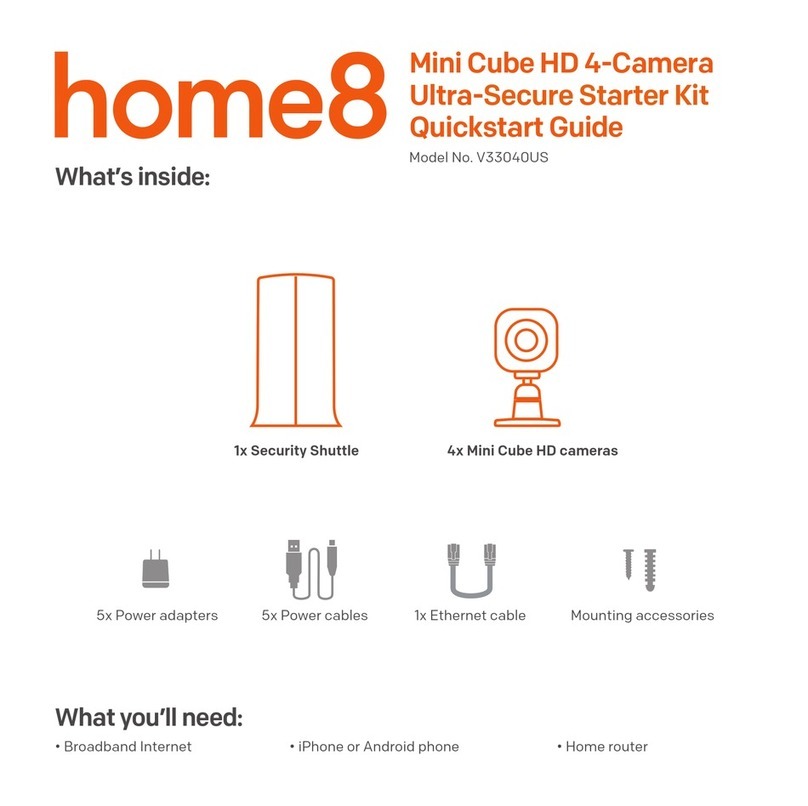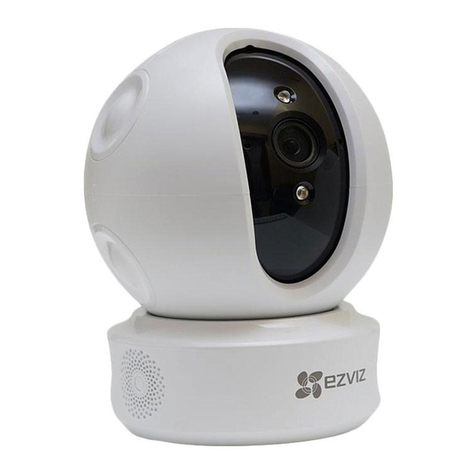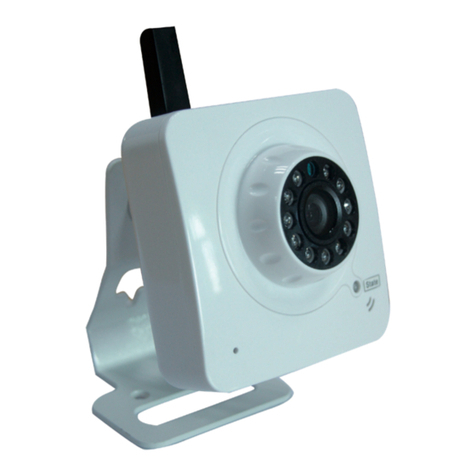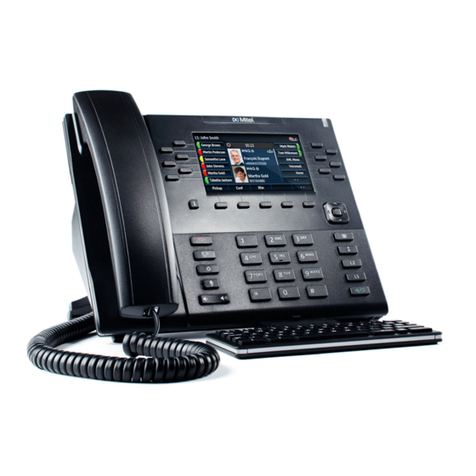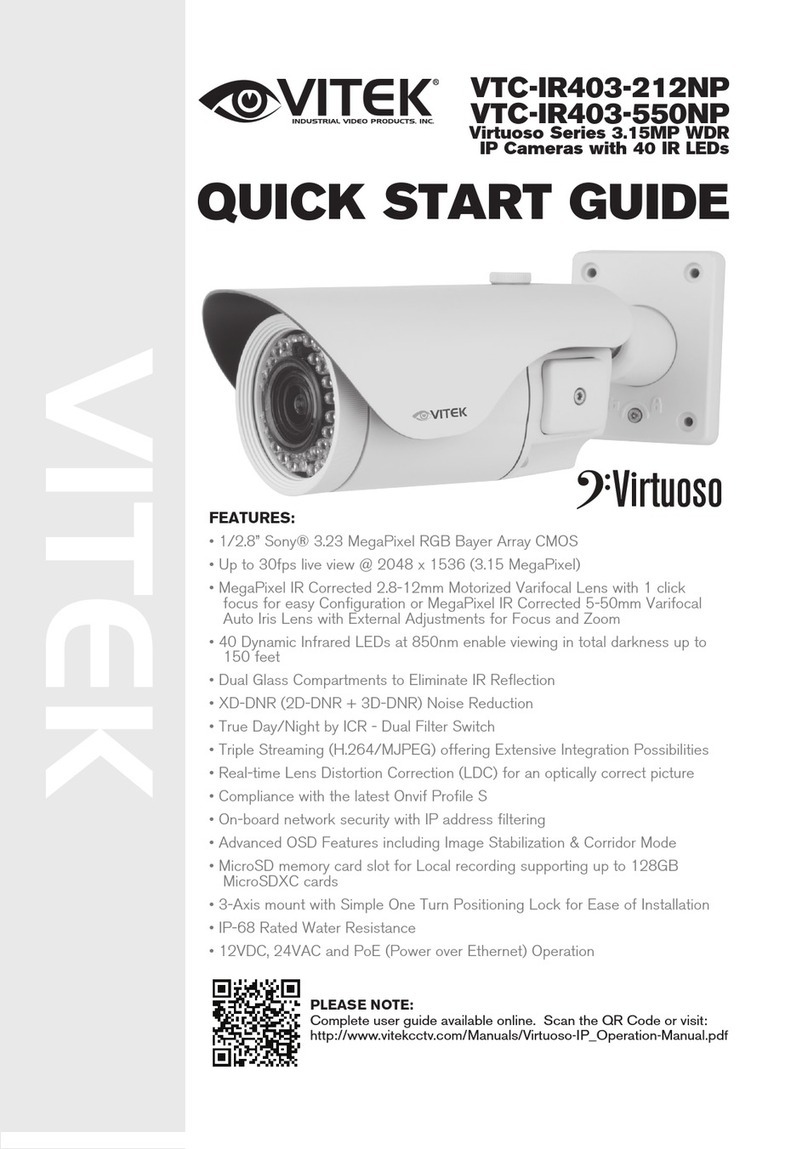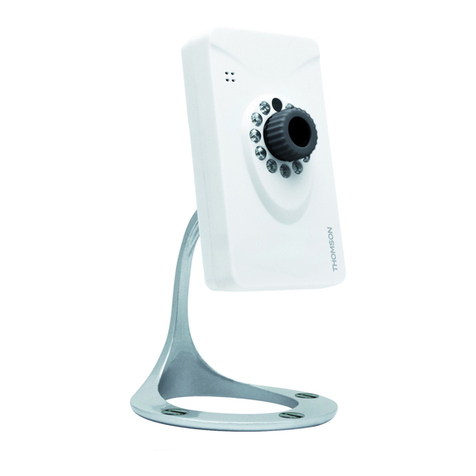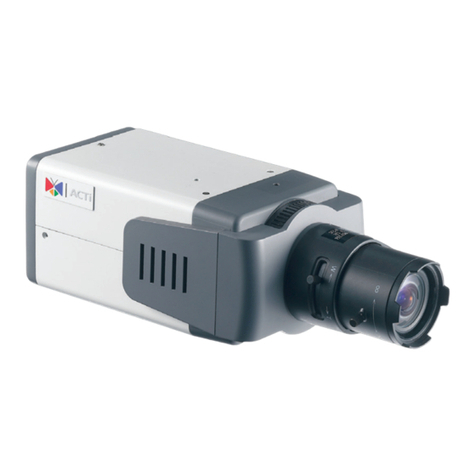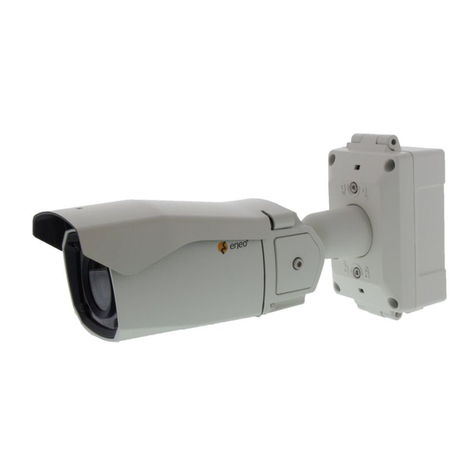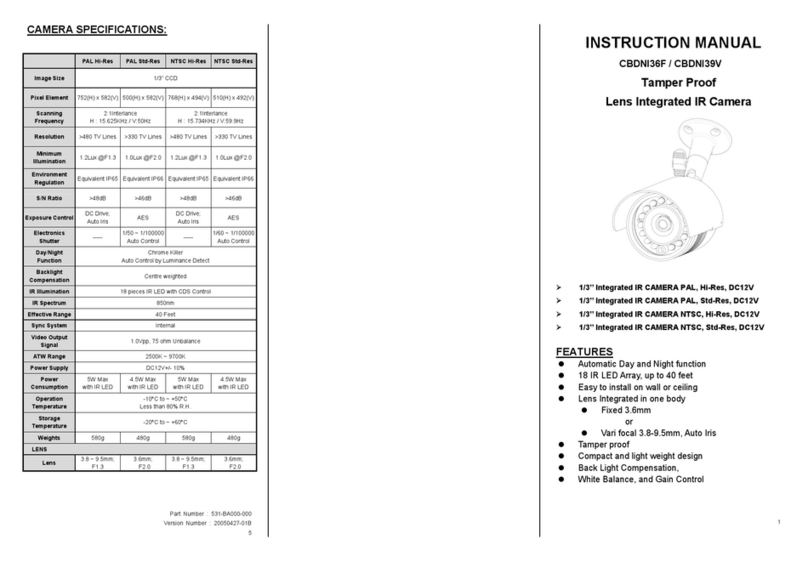
Table of Contents
Getting Started
Verifying the Accessories ........................................................ 3
Turning on this Unit .................................................................. 4
Opening the Terminal Cover (SD Card Cover) ........................ 4
Charging .................................................................................. 5
Resetting this Unit .................................................................... 5
Quad Proof .............................................................................. 6
Before Using Underwater or under Low Temperature .......... 6
Grip Adjustment ....................................................................... 8
Attaching the Core Filter .......................................................... 8
Inserting an SD Card ............................................................... 9
Types of Usable SD Card ..................................................... 9
Using the Touch Screen ........................................................ 11
Locking the Screen (when Shooting Underwater) .............. 11
Adjusting the Touch Panel ................................................. 12
Names of Buttons and Functions on the LCD Monitor ....... 13
Clock Setting ......................................................................... 16
Resetting the Clock ............................................................ 16
Changing the Display Language ............................................ 17
Holding this Unit .................................................................... 18
Tripod Mounting .................................................................... 18
Using this Unit Overseas ....................................................... 19
Charging the Battery Pack Overseas ................................. 19
Setting the Clock to Local Time when Traveling ................. 19
Setting Daylight Saving Time ............................................. 20
Optional Accessories ............................................................. 20
Recording
Taking Videos in Auto Mode .................................................. 21
Capturing Still Images During Video Recording ................. 24
Taking Still Images in Auto Mode ........................................... 25
Zooming ................................................................................ 27
Manual Recording ................................................................. 28
Adjusting Focus Manually (FOCUS) .................................. 29
Adjusting Brightness .......................................................... 30
Setting Backlight Compensation ........................................ 31
Setting White Balance ........................................................ 32
Taking Close-up Shots (TELE MACRO) ............................ 33
Shooting under Water ............................................................ 34
Recording with Effects ........................................................... 35
Recording Images Like an Old Black and White Photo
(GRAINY MONOCHROME) ........................................... 36
Recording Food Images (FOOD) ....................................... 37
Recording Images of a Baby (BABY) ................................. 38
Recording with Animation Effects (ANIMATION EFFECT) .... 39
Capturing Subjects Clearly (TOUCH PRIORITY AE/AF) ....... 41
Reducing Camera Shake ....................................................... 42
Recording at Intervals (TIME-LAPSE RECORDING) ............. 43
Recording with a Part of the Screen Enlarged in Sub Screen
(CLOSE-UP SUB-WINDOW) ............................................. 45
Taking Group Shots (Self-timer) ............................................ 46
Recording Videos with Date and Time ................................... 47
Checking the Remaining Recording Time ............................. 48
Playback
Playing Back Videos .............................................................. 50
Normal Playback ................................................................ 51
Checking the Recording Date and Other Information ......... 53
DIGEST PLAYBACK .......................................................... 54
PLAYBACK OTHER FILE .................................................. 55
Playing Back Still Images ....................................................... 56
Slideshow Playback ........................................................... 57
Connecting to and Viewing on TV .......................................... 58
Connecting via the HDMI Mini Connector .......................... 58
Connecting via the AV Connector ...................................... 60
Editing
Deleting Unwanted Files ........................................................ 61
Deleting the Currently Displayed File ................................. 61
Deleting Selected Files ...................................................... 61
Protecting Files ...................................................................... 62
Protecting/Releasing Protection of the Currently Displayed
File .................................................................................. 62
Protecting/Releasing Protection of Selected Files .............. 63
Capturing a Still Image in the Video During Playback ............ 64
Combining Videos Recorded by Seamless Recording .......... 65
Capturing a Required Part in the Video (TRIMMING) ............ 66
Copying
Dubbing Files to a Disc by Connecting to a Blu-ray Recorder 67
Copying Files to an SD Card .................................................. 68
Copying to Windows PC ........................................................ 69
Verifying System Requirements (Guideline) ....................... 69
Installing the Provided Software (Built-in) ........................... 72
Backing Up All Files ........................................................... 74
Organizing Files ................................................................. 75
Recording Videos to Discs ................................................. 76
Backing Up Files Without Using Provided Software ........... 78
List of Files and Folders ..................................................... 79
Copying to Mac Computer ..................................................... 80
Settings Menu
Operating the Menu ............................................................... 81
Operating the Top Menu .................................................... 81
RECORD SETTING Menu (video) ......................................... 82
RECORD SETTING Menu (still image) .................................. 87
PLAYBACK SETTING Menu (video) ..................................... 89
EDIT Menu (video) ................................................................. 90
PLAYBACK SETTING Menu (still image) .............................. 91
EDIT Menu (still image) ......................................................... 92
SETUP (video/still image) ...................................................... 93
CONNECTION SETTINGS (video/still image) ....................... 96
USB CONNECTION MENU ................................................... 97
Names of Parts ............................................................. 98
Indications on the LCD monitor ............................... 101
Troubleshooting ......................................................... 104
When the unit is not working properly .................................. 104
Charging .............................................................................. 104
Power supply ....................................................................... 105
Recording ............................................................................ 105
SD Card ............................................................................... 106
Playback .............................................................................. 106
Editing/Copying ................................................................... 107
Computer ............................................................................. 107
Screen/Image ...................................................................... 108
Other Problems ................................................................... 108
Error Message? ................................................................... 109
Maintenance ............................................................... 111
Specifications ............................................................. 112
Trademarks ................................................................. 114
2
